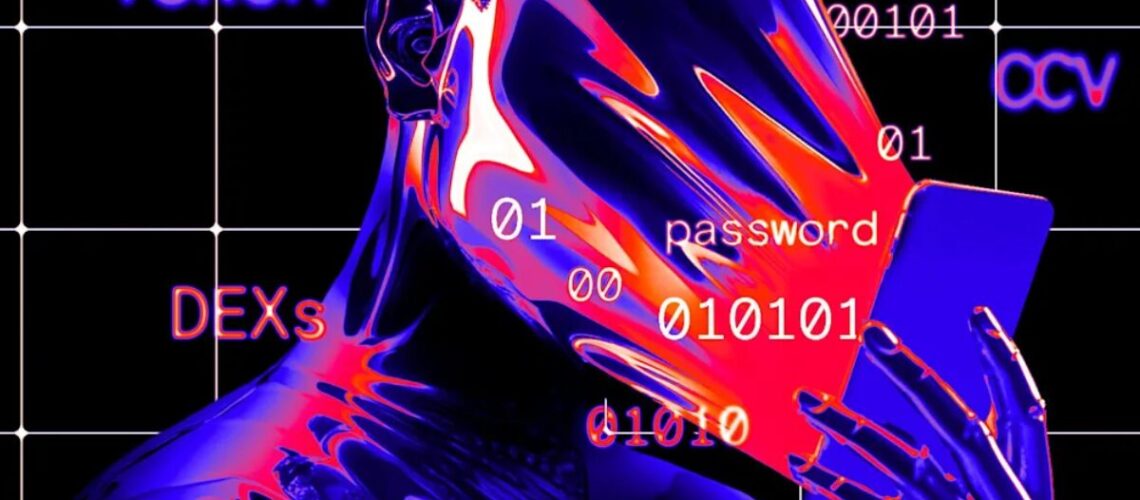Why the Dota 2 YouTube Hack Shows Esports Channels Are Vulnerable to Crypto Scams
October 21, 2025

On October 15, 2025, Dota 2 fans expecting gameplay or tournament coverage were met with a livestream promoting a Solana-based meme coin called dota2coin. The official Dota 2 YouTube channel had been hijacked, and within an hour, PGL’s channel followed suit.
This wasn’t just a technical mishap. The livestream used Valve branding, professional overlays, and countdown timers to make the scam appear legitimate. It’s a stark reminder that even verified esports channels can be manipulated. Fans were initially confused, sharing screenshots on Reddit and X, which helped limit the scam’s reach—but it exposed a dangerous trend.
Esports has built trust through official content and tournaments. When that trust is weaponized, it affects the entire ecosystem, from casual viewers to professional organizations.
How the Scam Spread Across Channels
The attack wasn’t isolated. Other esports channels, including ESL, BLAST Counter-Strike, and Mobile Legends MPL Indonesia, also streamed similar fake content. The speed and coordination suggested a professional operation.
Timeline of the attack:
| Time (GMT+8) | Event |
|---|---|
| 10:45 PM | Dota 2 livestream begins |
| 11:30 PM | PGL channel hijacked |
| 12:00 AM | Community alerts fans on Reddit and X |
| 2:00 AM | YouTube removes fake streams |
| 8:00 AM | Channels restored |
The timeline shows how quickly the breach escalated, spreading doubt across multiple communities. The use of multiple channels created an illusion of legitimacy, making even experienced fans hesitate before questioning the stream.
The Psychology Behind the Scam
It’s not just the technical hack that’s alarming—the psychology behind the scam was carefully designed.
- Authority: Using Valve and PGL logos immediately built trust.
- Urgency: Countdown timers and messages like “Hurry Up – Limited Tokens” created FOMO.
- Social Proof: Broadcasting the same stream across multiple channels reinforced the perception of authenticity.
The chat section was filled with automated comments such as “This is huge!”, giving viewers a false sense of excitement. This mirrors previous scams, like fake Elon Musk crypto giveaways, showing that social engineering is as potent as technical exploits.
Fans must recognize that the most convincing attacks don’t always look suspicious. Scammers exploit trust and familiarity, not just vulnerabilities in code.
Technical Insights
Experts suggest the attack relied on phishing and session hijacking.
- Staff or channel managers likely received fake sponsorship emails.
- Clicking links stole session tokens, allowing attackers to log in without 2FA.
- Pre-recorded fake livestreams were uploaded to channels, set as “Premiere” to mimic live broadcasts.
Coordinated indicators included multiple simultaneous breaches, identical metadata, and synchronized wallet activity. The attackers even leveraged a YouTube playback outage the same night, possibly exploiting broader vulnerabilities.
While technical details are important, this hack shows that human error—clicking a single phishing link—remains the greatest risk to esports channels.
Community and Expert Reactions
The esports community responded quickly. Reddit moderators pinned warnings in r/DotA2, and influencers like Brad Lynch shared alerts on X. YouTube removed the streams within hours, restoring channels by the next morning.
However, neither Valve nor PGL publicly addressed the incident, leaving fans frustrated. Industry experts point out that transparency after a breach is critical to maintaining trust.
Analysts and commentators noted:
- Cybersecurity experts: Crypto-related YouTube hijacks have been increasing since 2020.
- Solana educators: Pump.fun is legitimate but often misused for scams.
- Gaming security advocates: Strong hardware-based authentication and frequent audits are essential.
The community responded with the phrase “Verify before you vibe,” emphasizing personal responsibility in addition to platform safeguards.
Lessons for Fans and Esports Organizations
The Dota 2 YouTube hack is more than a cautionary tale—it’s a roadmap for what esports organizations must do to secure digital trust.
For platforms and channels:
- Implement real-time breach detection to catch unusual activity immediately.
- Limit admin access and enforce hardware-based 2FA.
- Conduct routine security audits and staff training.
For fans:
- Avoid clicking links from livestream descriptions, even on official channels.
- Verify announcements on official websites or social media.
- Report suspicious content quickly to prevent wider damage.
The hack also shows that as esports and crypto intersect, trust is the most valuable currency. One hacked channel can ripple across multiple games and communities. Protecting digital identity isn’t optional—it’s part of sustaining esports culture.
Closing Thought:
The Dota 2 YouTube hack proves that esports channels are as much about digital security as they are about gameplay. Both organizations and fans must adapt, or the next scam could hit even harder. Trust, vigilance, and proactive protection are now the core of esports success.

